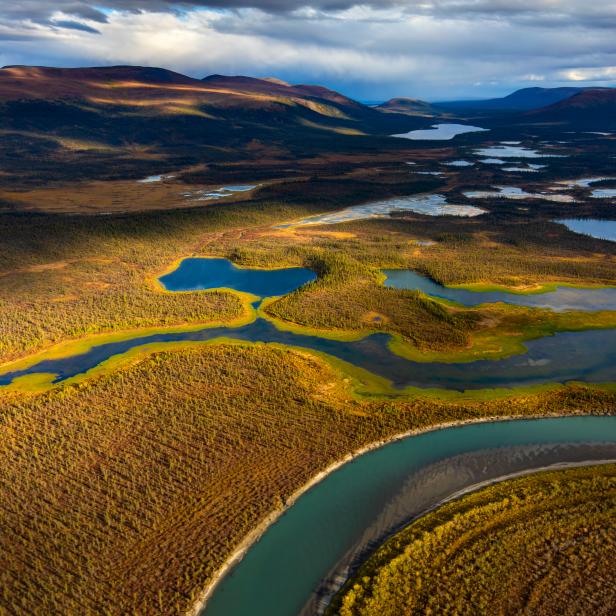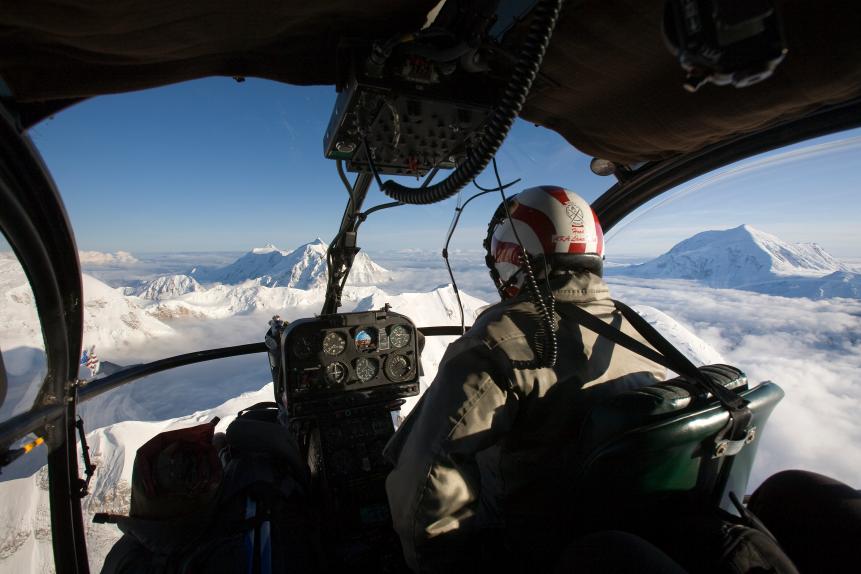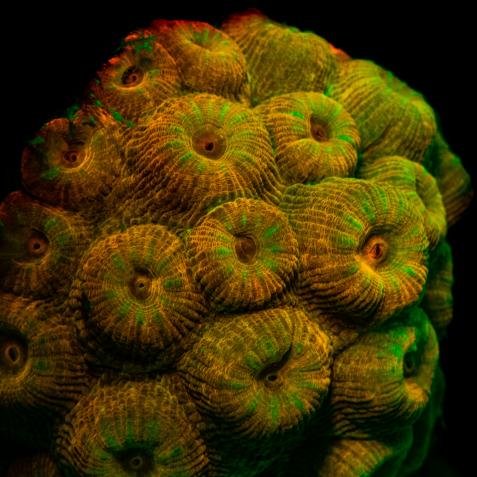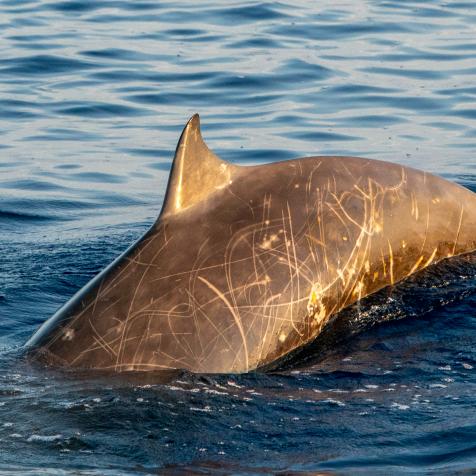
Ian Shive
Nature from Above: The Art of Aerial Photography

I’ll never forget the first time I went up in a small plane. Technical considerations aside, I had a million thoughts going through my mind.
The most prevalent was, is this safe? I had been on countless commercial flights crisscrossing the country, but I had never been in a tiny two-seater that felt like a tin can with wings. The first time I went up the pilot recommended taking the door off so I could hang out the side, shooting unobstructed, which added a whole other element to the experience.
Exposed
That first trip was a wild ride. I had more to learn than just camera settings and lenses. I had to learn to get used to bumping along as an updraft of air would lift the plane suddenly, or that to get a closer look at a mountainside we would do tight, dramatic spirals downward, causing my stomach to lurch upward. Through all of this, I was attempting to take photos. I use the word attempting because of the hundreds of images I shot in the one-hour flight, very few were usable. I was so focused on not losing a battery or a lens out the door, while also trying to not lose my lunch, that I hadn’t paid attention to my settings or compositions.
The primary issue was that all of my photos were blurry. very blurry. Just streaks of color. As a landscape photographer, I was used to a very controlled environment where I could set up a tripod, try different lenses, maybe tweak some filters, shooting and reshooting the same composition a variety of different ways until I got the desired result.

Ian Shive
In the plane, all that control you have as a landscape photographer goes away. Even your tools are limited. With the exception of a polarizing filter, other filters such as neutral densities are mostly useless and probably dangerous, since the wind could easily rip them off the front of the lens. Your lens options, too, are pretty fixed.
Photographic Challenges
The largest challenge was figuring out optimal settings to eliminate those blurry photos. I find that I am almost always at ISO 400 and, if it’s lower light, such as evening, ISO 800. This helps ensure my shutter speed is as fast as possible without sacrificing too much quality. I also don’t push the aperture too far, usually around f8-f11. Since everything is relatively far away, with no real foreground element, I don’t need a huge amount of depth of field, but want to avoid the vignetting that happens at smaller apertures, like f5.6. Other than that, I just always pay attention to what I am getting as I go, making small adjustments along the way.
Alaska From Above 17 Photos
Nature photographer, Ian Shive took flight to show us what Alaska looks like from above. Click through to see some of Ian's awesome aeriel shots.
In 90 percent of flights, I use a 16-35mm lens. The zoom gives me options. Most small aircraft flights for aerial photography aren’t at great heights, usually anywhere from 1,000 feet to 2,000 feet, depending on whether you are in the mountains or photographing flat areas. On some occasions, I will switch to a 70-200mm lens so that I can get closer to weather that makes for a better composition, but that the plane wants to avoid, such as a passing rain squall, or to try and single out elements you can only see from an aerial perspective, such as unique features in a cliffside or mountain.
When I’m in the air, I’m also a fan of a mid-range lens, such as a 24-70mm, though I find myself using it less these days. I believe the change is because I generally want more extreme options, either very wide or very telephoto. If I only had one lens to bring, the mid-range lens would be my choice, because of its versatility.

Ian Shive
You simply can’t cover as much ground and have such a stunning perspective as you can from a plane. Even drones, which have become so ubiquitous, are still very limited compared to what you can do in a plane, since they have height and range restrictions, though they are a great tool for localized aerial work. Eventually, after many flights, I got used to the bumpy ride in the aircraft and now I sort of enjoy it. After all, aerial photography is a key component of nature photography.




















